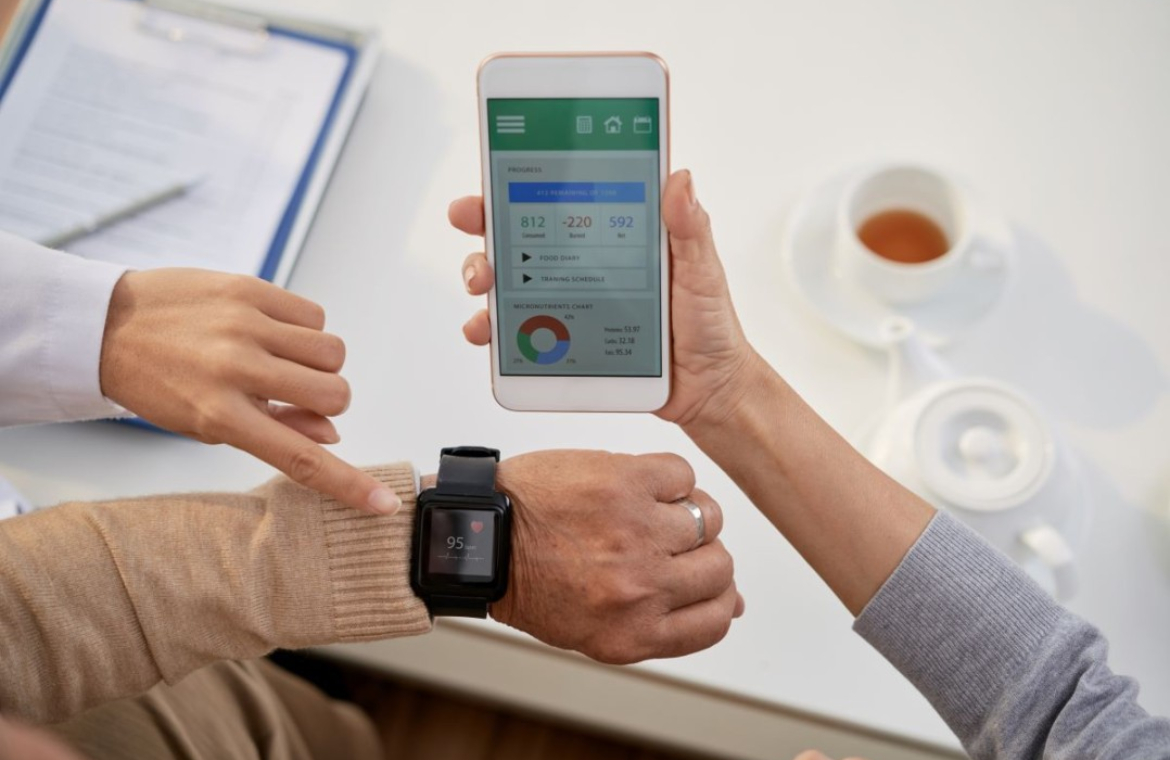In recent years, telehealth has emerged as a revolutionary approach to healthcare delivery, transforming how patients access medical consultations and receive treatment. This blog explores the various facets of telehealth, its benefits, challenges, and the evolving landscape of remote patient care.
1. Introduction to Telehealth
Telehealth encompasses the use of digital technologies to deliver healthcare services remotely. This includes virtual consultations with healthcare providers, remote monitoring of patients’ vital signs, and telemedicine applications that enable diagnosis and treatment planning from a distance. As healthcare adapts to technological advancements, telehealth has become increasingly integral to modern medical practice.
2. Benefits of Telehealth
Telehealth offers numerous advantages to both patients and healthcare providers. It provides convenient access to medical care, particularly for individuals in rural or underserved areas. Keywords: telehealth benefits, remote patient care, virtual healthcare, healthcare access.
- Convenience and Accessibility: Patients can consult with healthcare professionals from the comfort of their homes, reducing travel time and costs associated with traditional appointments.
- Improved Care Coordination: Telehealth facilitates collaboration among specialists, enabling timely consultations and holistic care management.
- Enhanced Patient Engagement: Remote monitoring tools empower patients to actively participate in their healthcare by tracking their health metrics and adhering to treatment plans.
3. Telehealth Technologies and Applications
Technological advancements have expanded the scope of telehealth services, encompassing a wide range of applications and tools. Keywords: telemedicine technology, virtual visits, remote monitoring, healthcare innovations.
- Virtual Consultations: Platforms for video conferencing and secure messaging enable real-time communication between patients and healthcare providers.
- Remote Monitoring Devices: Wearable devices and mobile apps allow for continuous monitoring of vital signs and health metrics, enhancing chronic disease management and early intervention.
- Artificial Intelligence (AI) in Healthcare: AI-powered algorithms analyze patient data to assist in diagnosis, treatment recommendations, and personalized medicine.
4. Challenges and Considerations
Despite its benefits, telehealth faces challenges that impact its widespread adoption and effectiveness. Keywords: telehealth challenges, digital divide, regulatory considerations, healthcare policy.
- Digital Divide: Disparities in access to technology and internet connectivity limit telehealth’s reach, particularly among low-income and elderly populations.
- Regulatory and Legal Frameworks: Compliance with healthcare regulations, licensure requirements, and privacy laws (e.g., HIPAA in the United States) is essential for maintaining patient confidentiality and data security.
- Technological Integration: Healthcare organizations must invest in robust IT infrastructure and cybersecurity measures to safeguard patient information and ensure seamless telehealth operations.
5. The Future of Telehealth
Looking ahead, telehealth is poised to continue evolving as an integral component of healthcare delivery. Keywords: future of telehealth, telehealth trends, healthcare technology, remote patient monitoring.
- Expansion of Services: Increased integration of telehealth into routine medical care, including specialty consultations, mental health services, and preventive care.
- Innovation and Research: Ongoing advancements in telemedicine technology, AI-driven diagnostics, and remote patient monitoring will drive innovation and improve healthcare outcomes.
- Patient-Centered Care: Telehealth will empower patients to take a proactive role in managing their health, fostering personalized and accessible healthcare experiences.
Conclusion
Telehealth represents a transformative shift in healthcare delivery, offering convenience, accessibility, and enhanced patient outcomes through digital technologies. As telehealth continues to evolve, embracing innovative solutions and addressing existing challenges will be crucial in realizing its full potential to revolutionize remote patient care.


